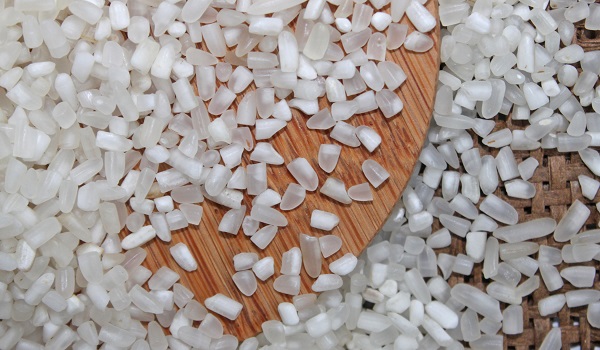India is facing an unprecedented rice surplus, with government reserves significantly exceeding official targets. In response, rice exporters have called on the government to lift the export ban on 100 per cent broken rice to manage excess stock and cater to global demand, particularly from African nations and Asian feed and ethanol producers.
The Rice Exporters’ Association (REA) has formally requested the Ministry of Commerce and Industry to remove the restrictions, citing ample domestic supply. As of February 1, state reserves, including unmilled paddy, stood at 67.6 million metric tons—nearly nine times the government’s target of 7.6 million metric tons, according to data from the Food Corporation of India (FCI).
India initially banned 100 per cent broken rice exports in September 2022 and later restricted shipments of other rice grades in 2023 due to concerns over production following poor rainfall. However, with a record harvest now replenishing stocks, the government has eased export restrictions on all grades except 100 per cent broken rice.
Industry leaders argue that lifting the ban would not only prevent domestic stockpiles from swelling further but also allow African nations, where broken rice is a staple due to its affordability, to access much-needed supplies. Additionally, Asian countries that rely on this grade for animal feed and ethanol production would benefit from resumed exports.
The government has already permitted the FCI to sell some rice grades for ethanol production in India due to sufficient supply. Exporters believe the same rationale should apply to lifting the ban on broken rice exports. In 2022, India exported 3.9 million metric tons of broken rice, with China using it for animal feed and African nations such as Senegal and Djibouti for human consumption.
Vietnam, Thailand, Pakistan, and Myanmar remain India’s key competitors in the global rice market. Meanwhile, India’s Ministry of Commerce and Industry, along with the Ministry of Consumer Affairs, Food and Public Distribution, has yet to respond to industry demands for policy changes.


